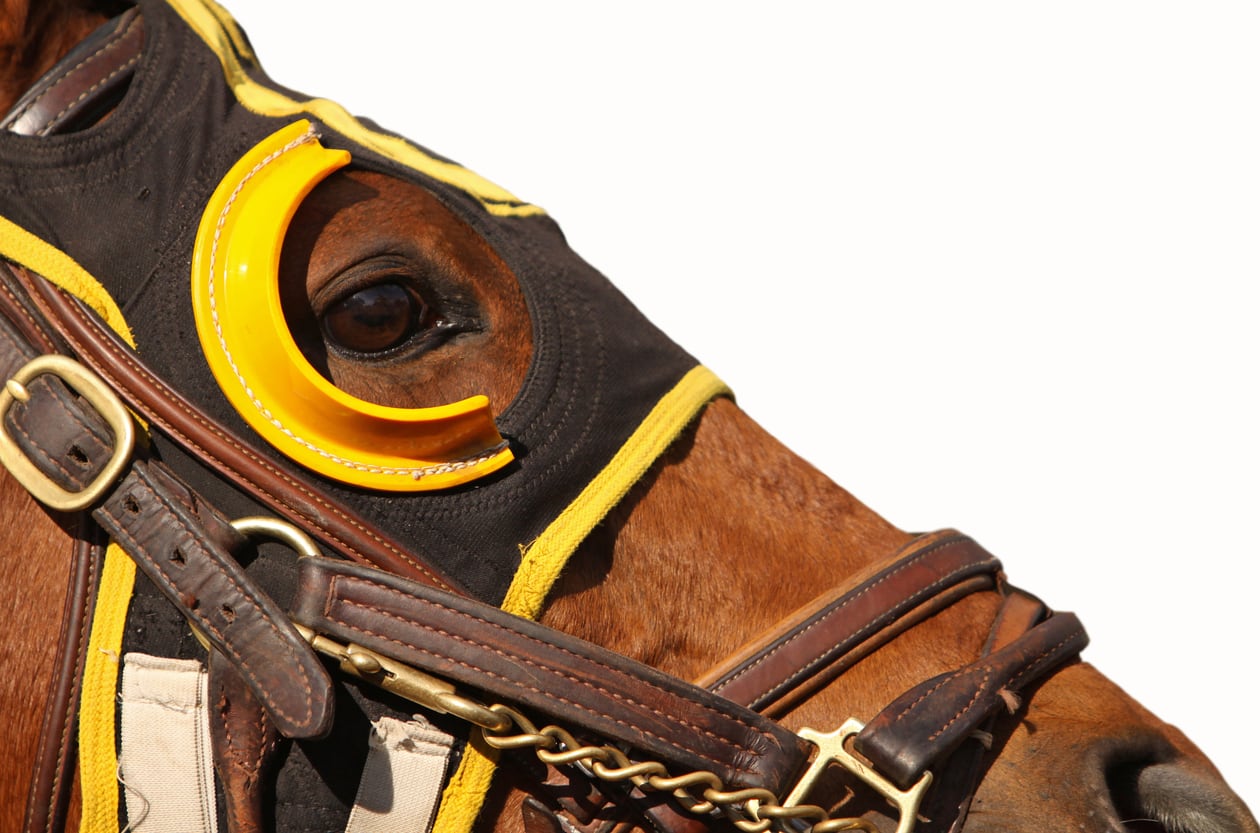Horse Racing Regulations – Co-Ownership Agreement
The horse racing industry has recently seen the commencement of a new set of regulations in respect of the rights and responsibilities of co-owners and trainers. Racing Australia’s new Trainer and Owner Reforms (‘TOR’), which commenced on the 1st August 2017, includes the introduction of a standardised Co-Ownership Agreement (‘COA’).
The standardised Co-Owner Agreement has been introduced to protect those in ownership groups that are informally conceived and run. By providing a default set of contractual terms, it aims to clear up any uncertainty surrounding the responsibilities and management of co-ownership ventures that may exist. While parties can agree to co-existing contractual arrangements, they may not automatically override the new COA terms. Instead, the Co-Owners must expressly agree to vary the COA terms in accordance with the new regulations (see note 7 of Racing Australia’s FAQ). The exception to this is where the entire co-ownership venture is managed as a registered Promoter Syndicate, in which case the COA terms do not apply.
Therefore, it is important that race horse owners are generally aware of the new responsibilities and the accompanying procedure. Here at Pointon Partners, we have developed a quick outline of the standardised Co-Ownership Agreement to assist you in understanding these new regulations.
It is also worthwhile to review the entire Co-Ownership Agreement and FAQ provided by Racing Australia in respect of the new reforms.
Managing Owner
Under the COA, the Managing Owner must use all reasonable endeavours to properly manage the Horse Ownership Venture for the benefit of all Co-Owners. This presumably includes the keeping of basic accounting records as well as communicating sufficiently with the other Co-Owners. Importantly, it also includes notifying and obtaining the consent from the other co-owners in respect of the important actions discussed in further detail below.
In a legal context, the Managing Owner will be the person who was nominated on the relevant horse registration form that was lodged with Racing Australia. This will typically be the owner whose details were entered in first on the application. It will not necessarily be the person with the largest percentage ownership in the horse. Therefore, it is advisable that the co-owners review their application form and ensure that the correct person is nominated as the Managing Owner, because of the additional legal responsibilities attached to the role following the Trainer and Owner Reforms.
Important actions
Although the Managing Owner is free to make day-to-day management decisions, they must notify and obtain written consent from the co-owners in respect of the important actions listed in the COA. Examples of important decisions where the Managing Owner must first notify and obtain at least a majority (or higher) consent from the Co-Owners include:
(Note that this list is non-exhaustive and is for illustrative purposes).
Major decisions in relation to the race horse
- Breeding
- Gelding
- Veterinary treatment or surgery that is reasonably expected to exceed $4,000.
- Relocation to another State, Territory or Country
- Retire the horse
- Offer for sale, and/or sell, the whole of the horse
Trainer fees and agreements
- Enter into, terminate and/or bring to an end the training agreement
- Accept or object to a Fees Notice provided by the Trainer
- Engage a new Trainer
- Pay or provide for a discretionary bonus or commission to a jockey or to the Trainer (other than if prescribed by the agreement for Training Services between the Trainer and the Co-owners)
Borrowing funds and other liabilities
- Borrow funds for the purpose of the horse racing venture
- Pay nomination, acceptance or late acceptance fees in an amount in excess of $10,000 (including GST) for the Horse to contest a race
Variation of the terms of the COA
- Change any of the terms of COA
- Make co-owners jointly and severally liable (rather than simply severally liable) in respect of obligations in connection with the ownership
- Change the Managing Owner of the Horse
Failure to properly obtain consent may open the Managing Owner up to legal liability under the COA, as it may be used as partial evidence of fraud, wilful misconduct or negligence. It might also be considered by the Principal Racing Authority as a disciplinable offence. Of course, the severity of the consequences will depend on the facts, but it is advisable that the Managing Owner protect themselves by following the COA requirements in respect of important management decisions.
Notification and consent procedure
The Managing Owner can notify the other Co-Owners in any written form, including email or text message. Likewise, written consent from the Co-Owners can be given informally via email or other electronic means. In-person meetings can also be organised if co-owners prefer, but at least five days’ notice of the time and location of the meeting should be given. The Managing Owner is also eligible to give consent themselves, in proportion to their ownership interest in the horse.
Importantly, the amount of consent needed varies depending on the decision. For instance: unanimous consent is required for a decision to borrow funds. Special consent (from Co-Owners that hold an aggregate of 75% or more of the Horse) is needed for breeding decisions. Majority consent (aggregate ownership of more than 50% of the Horse) is needed for most of the other important actions. The Managing Owner is also legally bound to comply with the decisions or approvals given by the majority, special or unanimous consent of the Co-Owners.
These requirements raise an issue for 50/50 partnerships. As many important decisions require written consent from Co-Owners with an aggregate ownership of more than 50%, there is the potential for partnerships to become stuck in a legal deadlock. This is reinforced by another term of the COA, which specifies that the Managing Owner may not have a second or casting vote at a formal meeting of co-owners. Hence, it would be sensible that parties expressly agree to vary this term early on in the co-ownership venture, while the co-owners are still amenable to each other. Otherwise, deadlocks would need to be resolved through the COA’s dispute process outlined below.
Disputes
Aggrieved co-owners should raise the issue with the Managing Owner as soon as practicable, and the Managing Owner must be given 14 days to resolve the issue. The parties must also attend compulsory mediation before commencing any legal proceedings. However, interlocutory court orders may still be sought before or during the mediation if the matter is urgent.
In summary, the Managing Owner should protect themselves from legal liability by following the notification and consent requirements of the COA as prudently as possible. Likewise, the other Co-Owners should be aware of their right to be consulted and their voting power in respect to important management decisions.
If you wish to seek advice in relation to these matters, please contact Michael Bishop on (03) 9614 7707.



